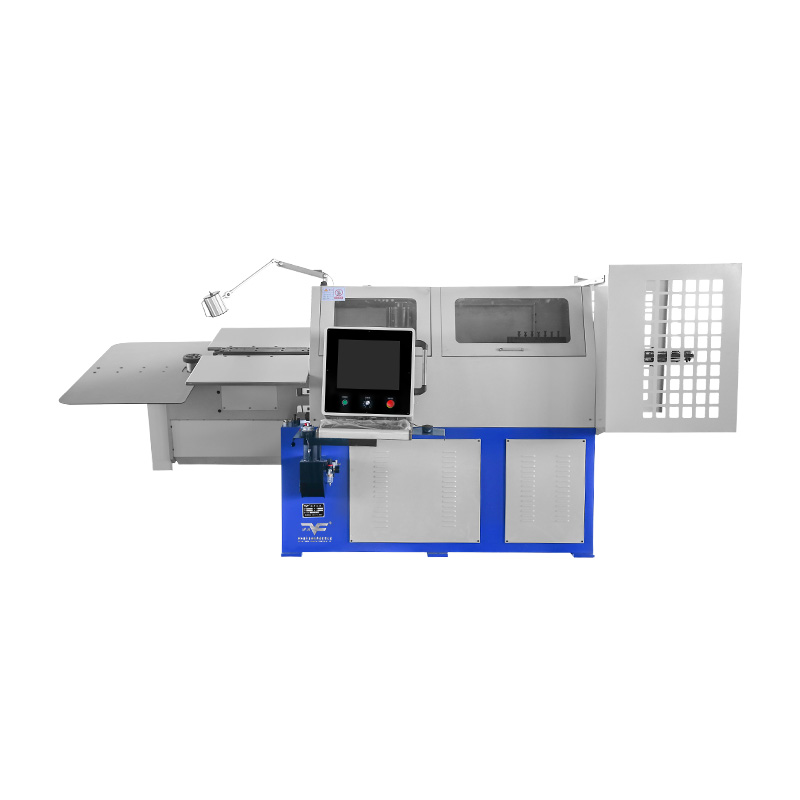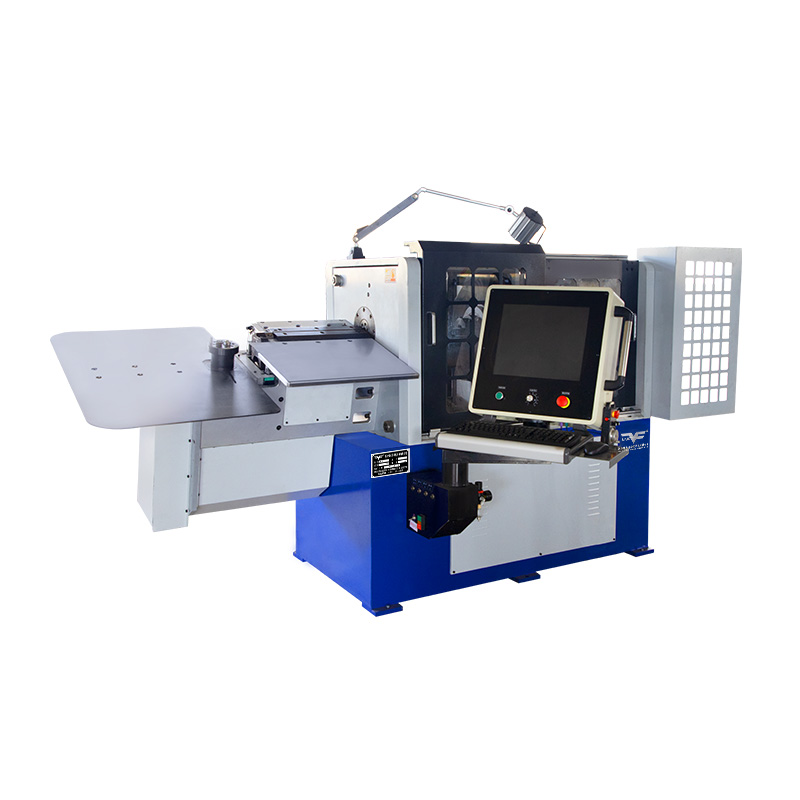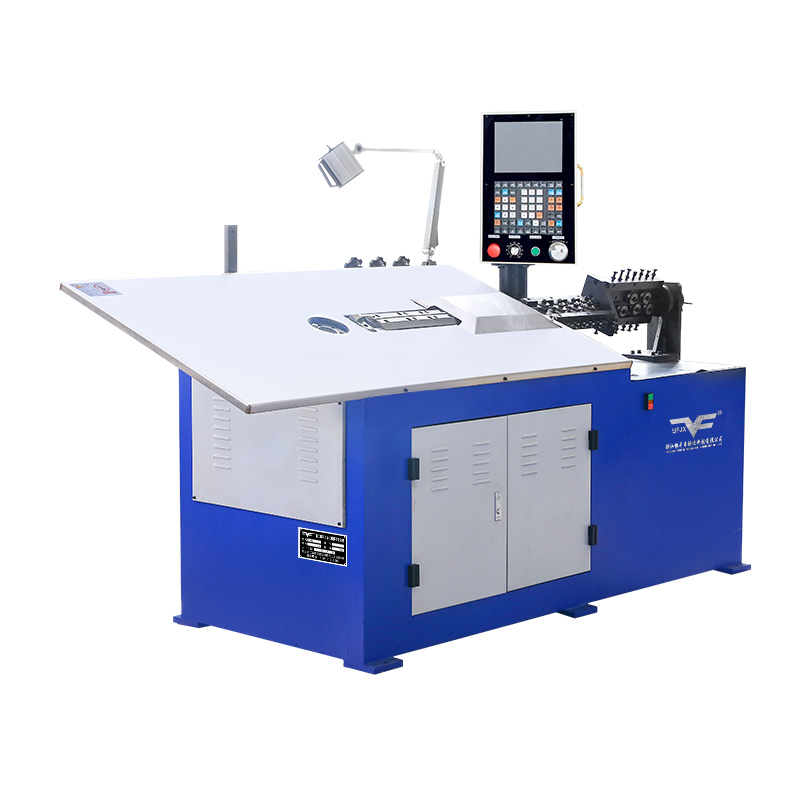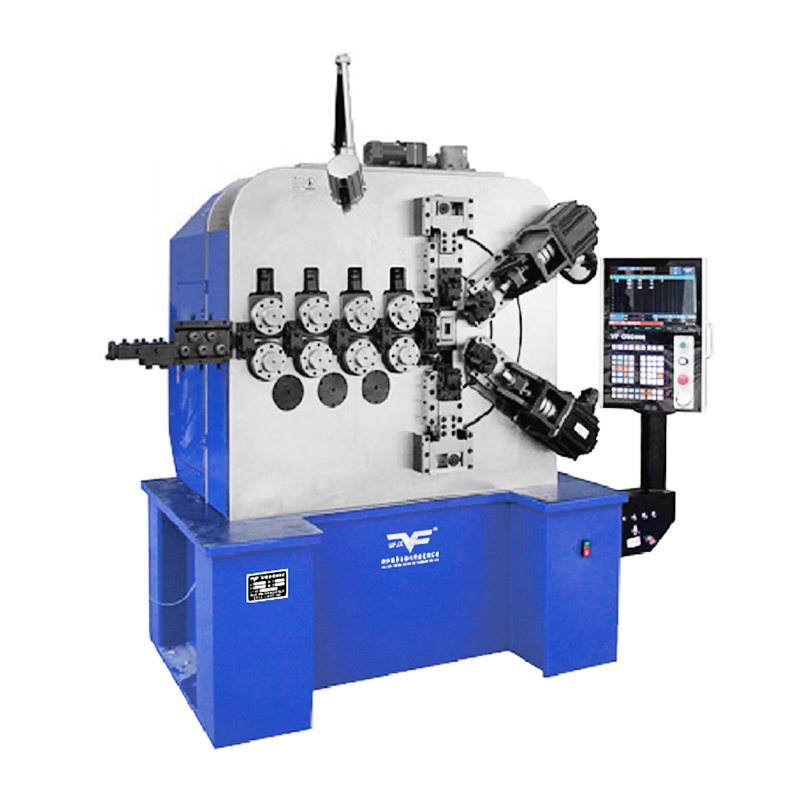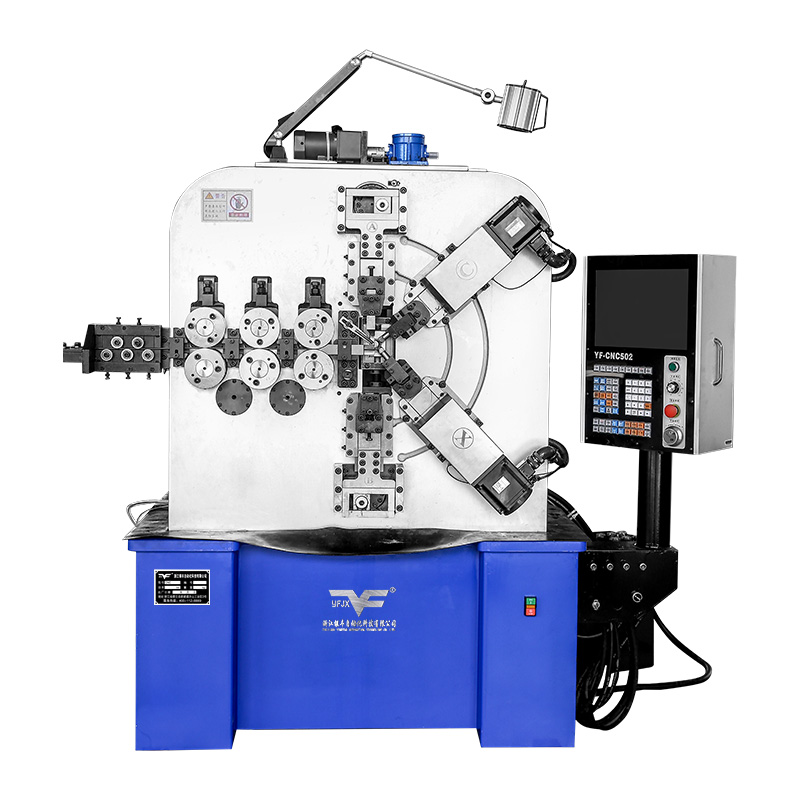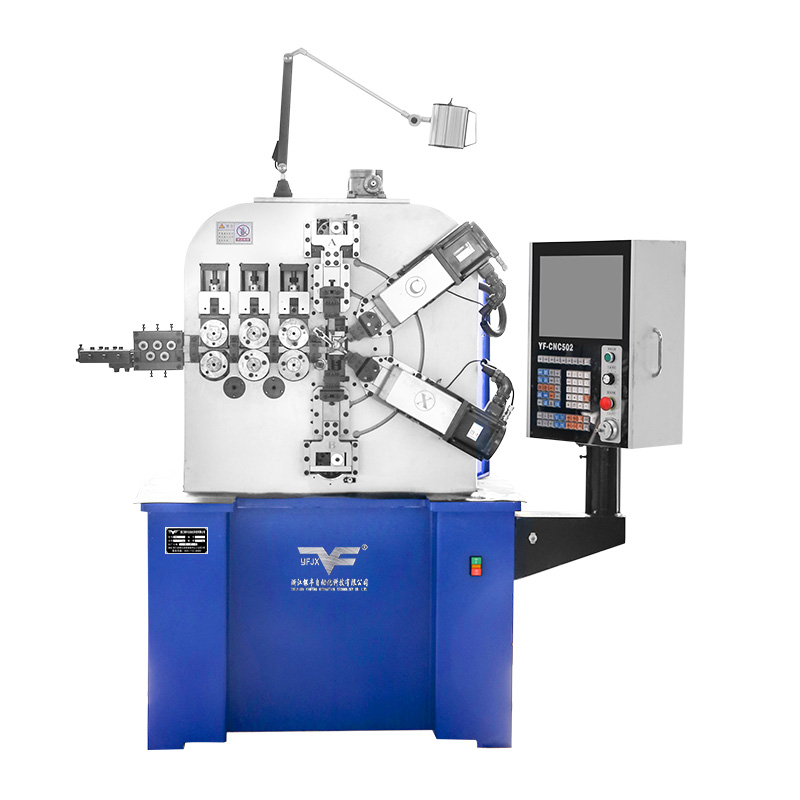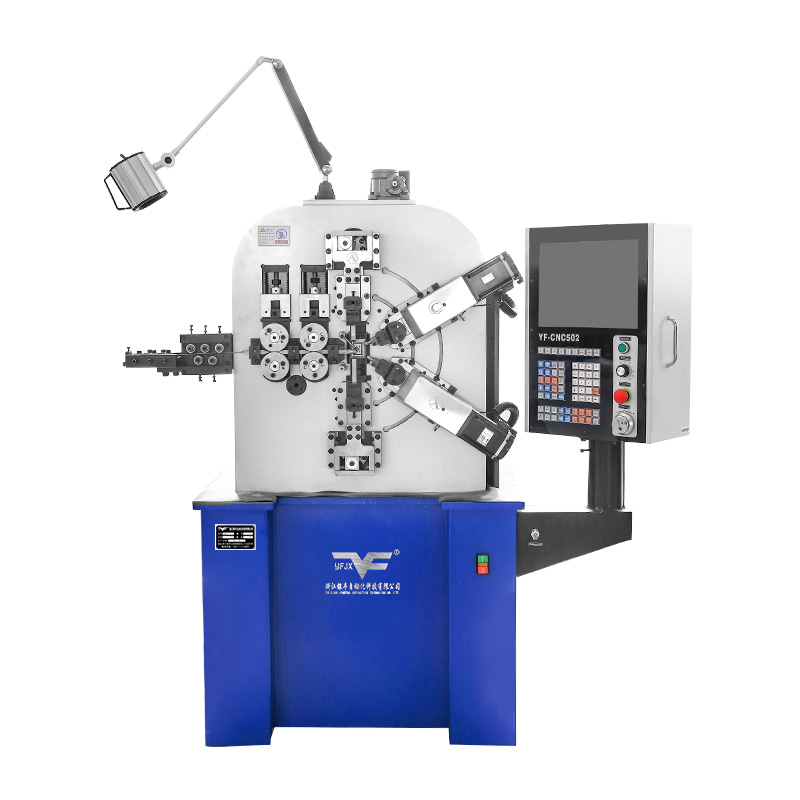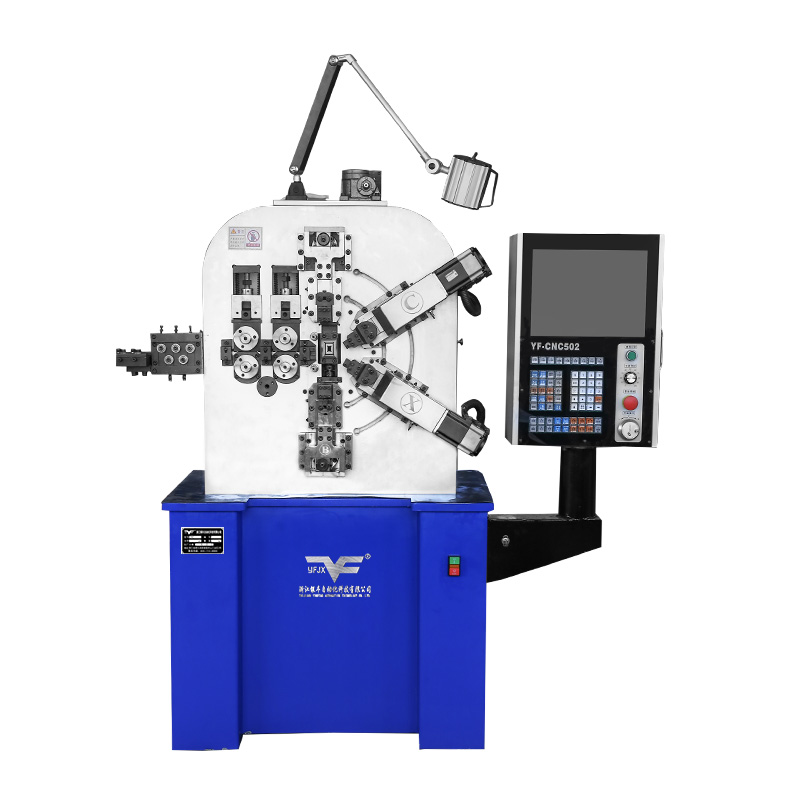Coiling Machine Innovations Simplify Wire Forming Processes Globally
Industry News-The demand for precise wire components has encouraged advancements in the manufacturing sector, particularly in wire forming processes. One notable development is the refinement of the coiling machine, which now plays a crucial role in producing uniform and reliable wire shapes across various industries. These machines are no longer simple tools; they have become central to workflows where accuracy and efficiency are required.
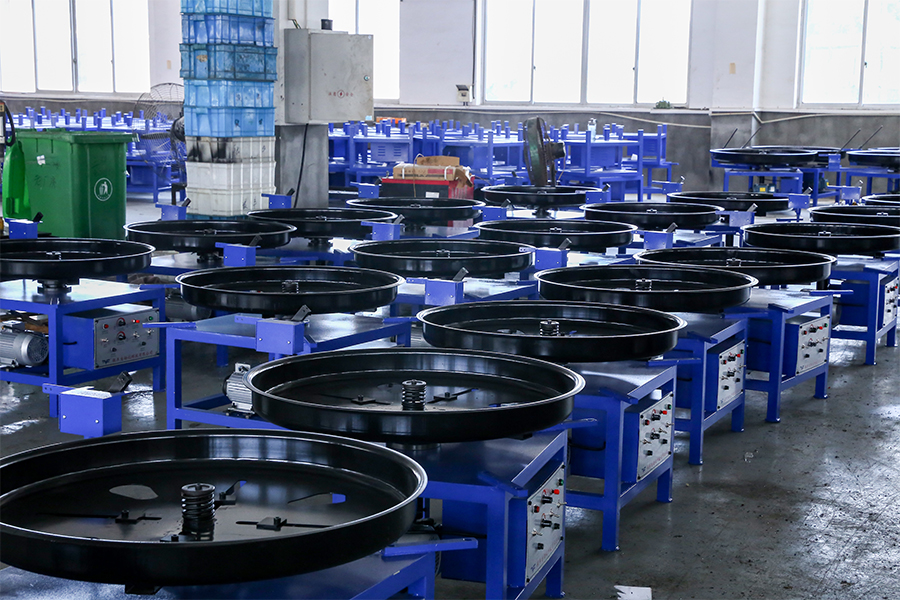
A coiling machine allows operators to shape wire into specific forms while maintaining consistent tension and alignment. This is essential for applications ranging from automotive springs to electronic components. The adaptability of the coiling machine ensures that manufacturers can produce a wide range of wire products without excessive downtime or extensive adjustments. As manufacturing requirements evolve, these machines continue to demonstrate versatility, particularly when paired with camless spring machine designs that offer alternative approaches to traditional spring shaping.
The camless spring machine represents a shift in how spring production is approached. Unlike conventional machines that rely on mechanical cams, these machines utilize electronic control systems to create complex spring geometries. This eliminates some of the mechanical limitations that were previously common in spring forming, allowing for quicker changes in design and faster production cycles. When combined with a coiling machine, the camless spring machine can enhance both precision and productivity, making it suitable for industries that require frequent design adjustments.
Another advantage of integrating camless spring machine technology into existing workflows is its capacity to reduce manual intervention. Operators can rely on automated programming to handle intricate wire bending and coiling patterns. This not only improves consistency but also less errors that may occur in high-volume production. Coiling machines equipped with such features have shown improvements in both repeatability and material utilization. Factories that adopt these systems often notice fewer rejected parts and smoother overall production schedules.
In addition to performance benefits, coiling machines and camless spring machines have influenced the approach to product design. Designers can experiment with more intricate wire configurations, knowing that the machines can replicate these designs reliably. This flexibility opens doors for innovations in sectors like medical devices, automotive suspension components, and consumer electronics. The combination of accurate coiling and programmable spring formation allows engineers to focus on creative solutions rather than worrying about manufacturability.
Maintenance and longevity are also significant considerations. Modern coiling machines require regular checks, but the integration with camless spring machine technology often results in lower wear on critical components. Since electronic control reduces the need for constant mechanical adjustments, machines tend to operate smoothly for longer periods. This reliability supports consistent production schedules and reduces unexpected downtime, an important factor in competitive manufacturing environments.
Global adoption of coiling machines has grown steadily. Factories in Asia, Europe, and North America have incorporated these systems to improve efficiency and expand product capabilities. The introduction of camless spring machines has complemented this trend, allowing manufacturers to diversify their product offerings without substantial retooling. Industries that rely on precise spring and wire components now have more options for efficient and adaptable production.
Ultimately, the combination of coiling machines and camless spring machines represents a meaningful step forward in wire forming technology. These machines provide reliable results, reduce production complexity, and open new possibilities for product design. By simplifying traditional processes, they support innovation across multiple sectors and help manufacturers meet evolving demands with greater confidence.
The integration of these technologies is shaping the way wire components are produced globally. Coiling machines, paired with camless spring machines, are no longer just tools—they are enablers of design flexibility and operational efficiency. As the industry continues to advance, these machines will likely play an increasingly important role in manufacturing solutions that require precision, adaptability, and consistency.

 English
English русский
русский Español
Español 简体中文
简体中文